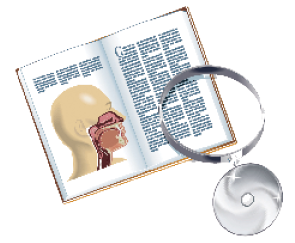 Background
Background
The typical inpatient hospital experience results in multiple intrusions by hospital personnel, noise, and inadequate treatment of pain that prevents the necessary amount of sleep for hospitalized patients. Sleep disruption results in increased pain perception and lowered pain thresholds. In 1999, the Veterans Health Administration recognized the need to adequately treat pain and began using pain as the fifth vital sign to be recorded at every clinical encounter.
Explore This Issue
December 2013Best Practice
Sleep disruption, for any reason, results in a decrease in pain tolerance. Evidence shows that perioperative sleep disruption due to pain and the hospital experience results in a lowered threshold of pain. Hospital-related factors such as noise, interruptions by medical personnel, room temperature, and light have been implicated as causes of sleep disruptions. Based on previous research, perioperative sleep disruption can negatively impact pain perception. Pain can have consequences that result in side effects such as an increased risk of complications, delayed convalescence, poor physical and mental performance, and lower patient satisfaction. Changing rounding patterns to accommodate uninterrupted sleep and including discussion of quality of sleep in addition to a systematically collected pain score are important in reducing the patient’s pain burden. Read the full article in The Laryngoscope.
Leave a Reply